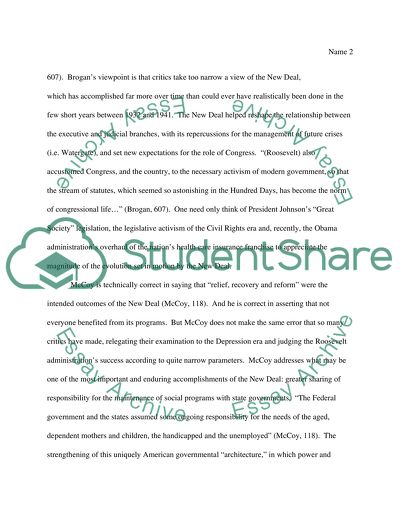Cite this document
(“American history (1918 to 1941): Using these 4 passages and your own Coursework”, n.d.)
Retrieved from https://studentshare.org/finance-accounting/1412328-american-history
Retrieved from https://studentshare.org/finance-accounting/1412328-american-history
(American History (1918 to 1941): Using These 4 Passages and Your Own Coursework)
https://studentshare.org/finance-accounting/1412328-american-history.
https://studentshare.org/finance-accounting/1412328-american-history.
“American History (1918 to 1941): Using These 4 Passages and Your Own Coursework”, n.d. https://studentshare.org/finance-accounting/1412328-american-history.


